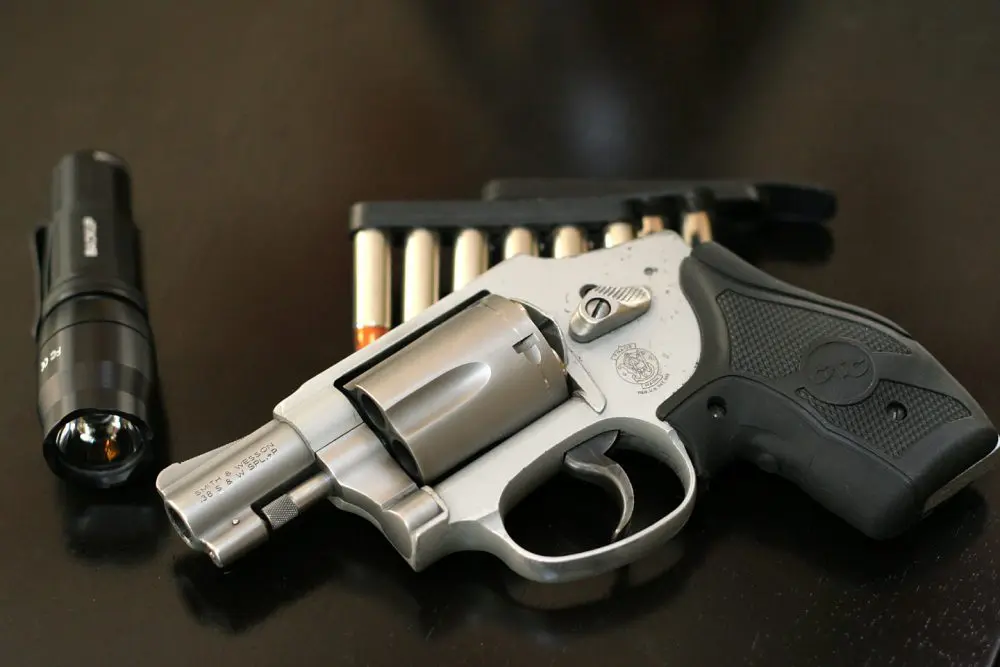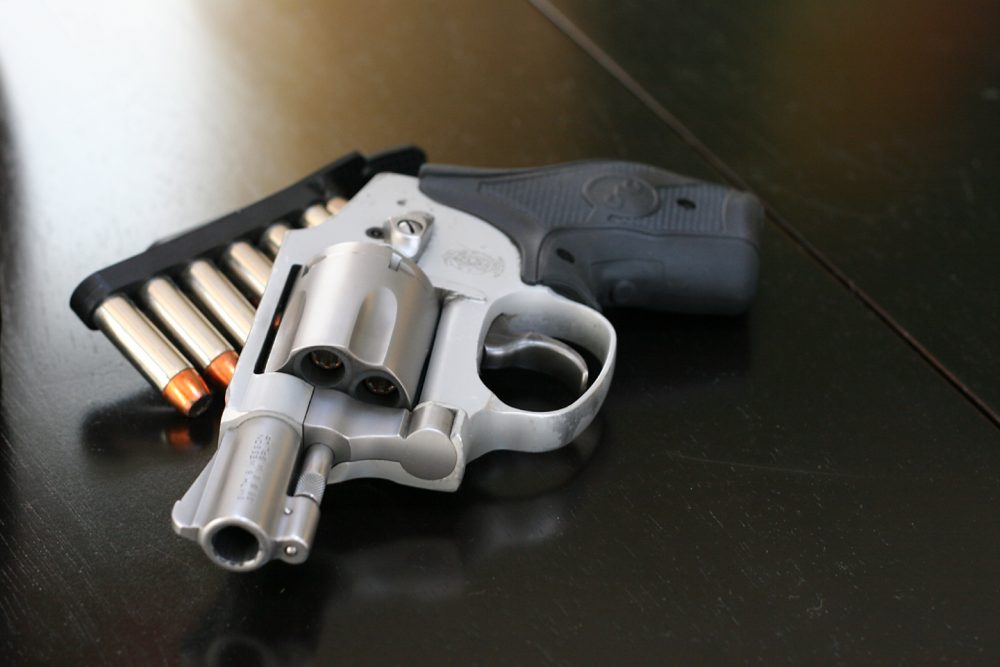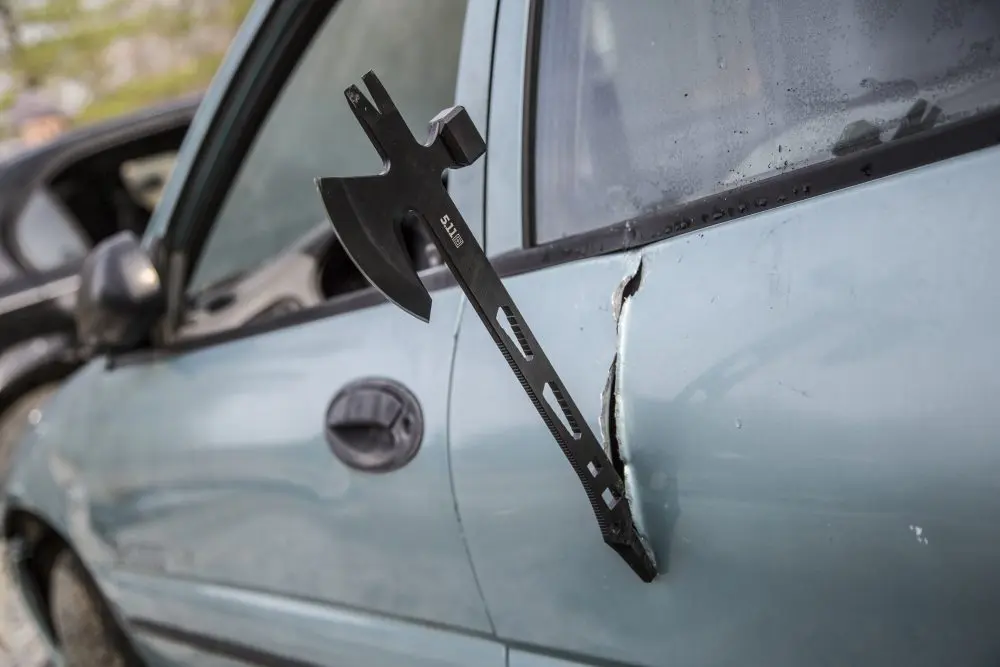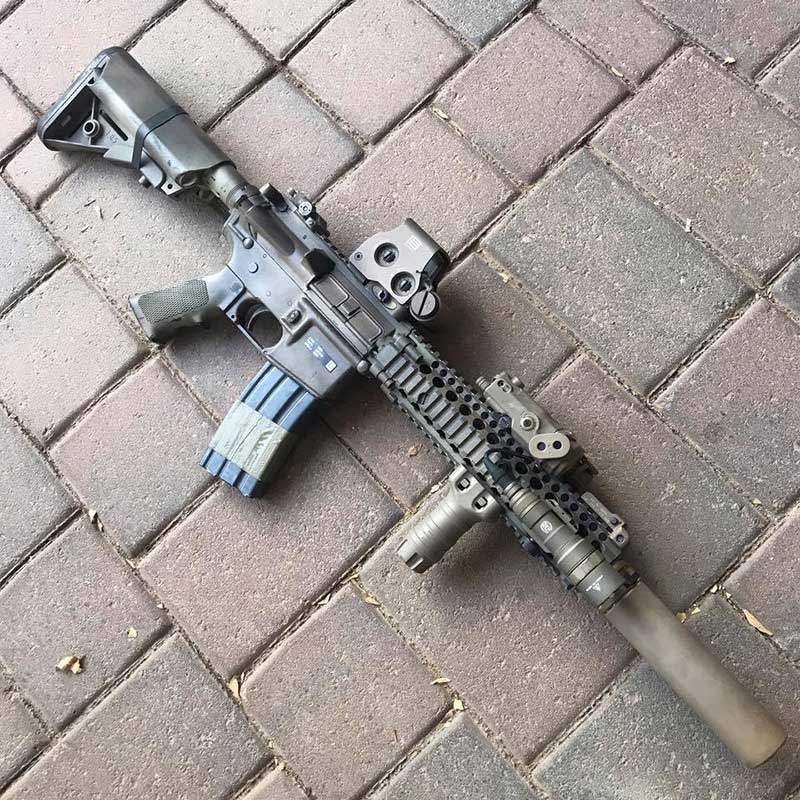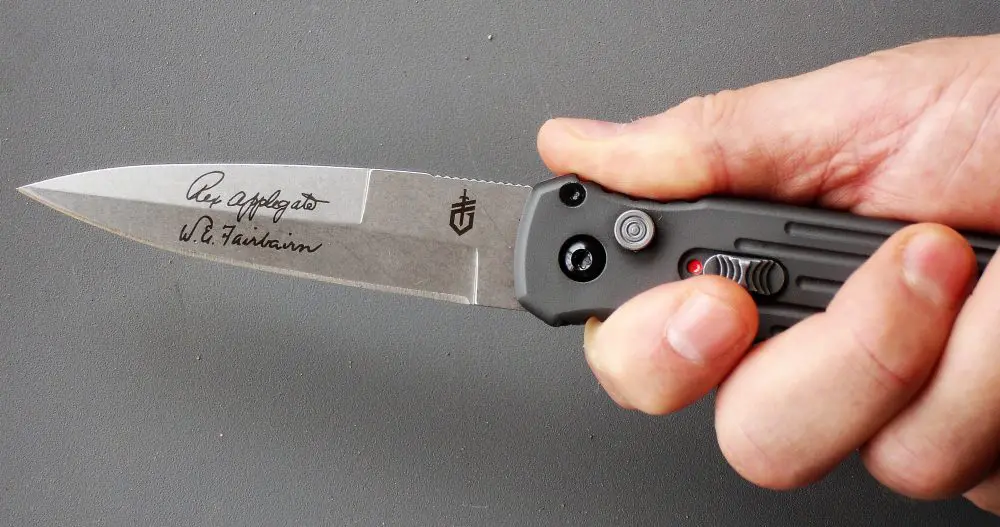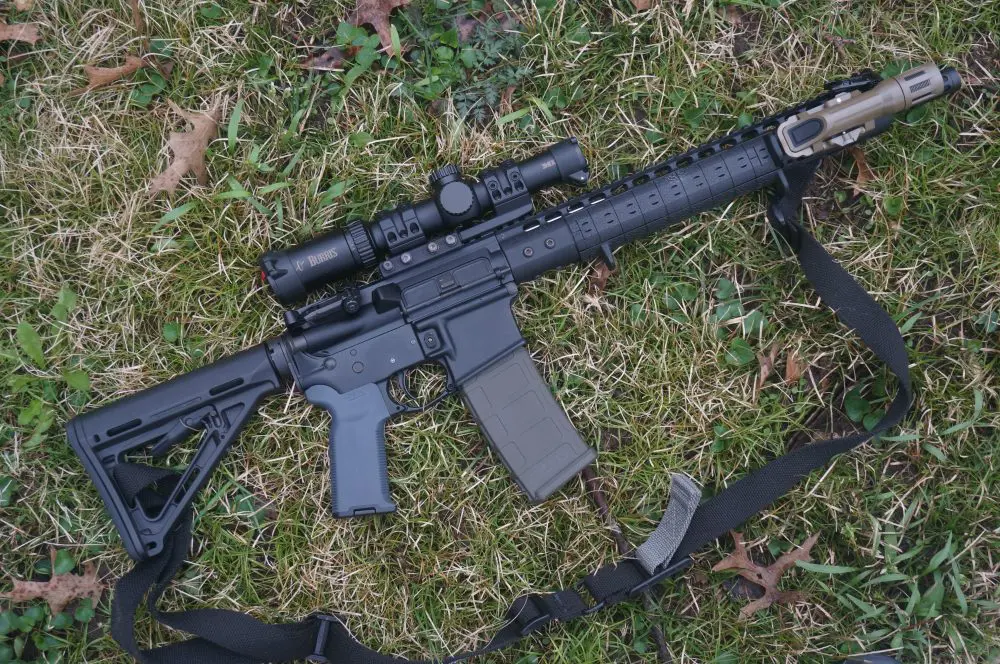Airweight snub is an overwhelming choice of many habitual carriers, however, the J Frame requires adjustments in mindset to offset its limitations.
Lately, against the counsel of many of my more appropriately armed friends, I have taken to carrying a Smith & Wesson Model 642 Airweight .38 revolver. I have my reasons, as undoubtedly do the many legions of permit holders and off duty personnel who slip the snub into a pocket and sally forth. I carry the J Frame having trained with it hard and understanding its limitations.
Carrying the 642 caused me to re-evaluate my personal tactics, training, and attitude. In doing so I had to develop a “J Frame Mindset.” Years ago I made certain assumptions based upon the perceived effectiveness of what I was carrying. Having abandoned many of those notions while carrying the J, I realized that the new mindset was just as applicable to better weaponry. After discussing this with peers who carry service pistols exclusively, it occurred to me that these tenets might apply just as well to them.
Diminutive sights, light weight, and abbreviated grip demand that the shooter train hard with the snubbie to ensure the best possible hits. Realistic training allows the shooter to establish what is—and what isn’t—possible out of the platform.
Table of Contents
AVOIDANCE
Having a five-shot .38 on board does not bestow special powers nor equip me to seek trouble and meddle in iffy situations. I can react to trouble that finds me despite my best attempts to escape it. My personal duty requires only that I protect my family and self.
However, it is understood that LE professionals have additional responsibilities. For them, avoidance is likely more geared to not getting overcommitted and gaining back up before getting in too deep. I would submit that a pistol of any caliber and capacity is not the best answer when seeking to purposefully engage predators. They make things for that—rifles, shotguns, several other good guys in tow, and preferably close air support.
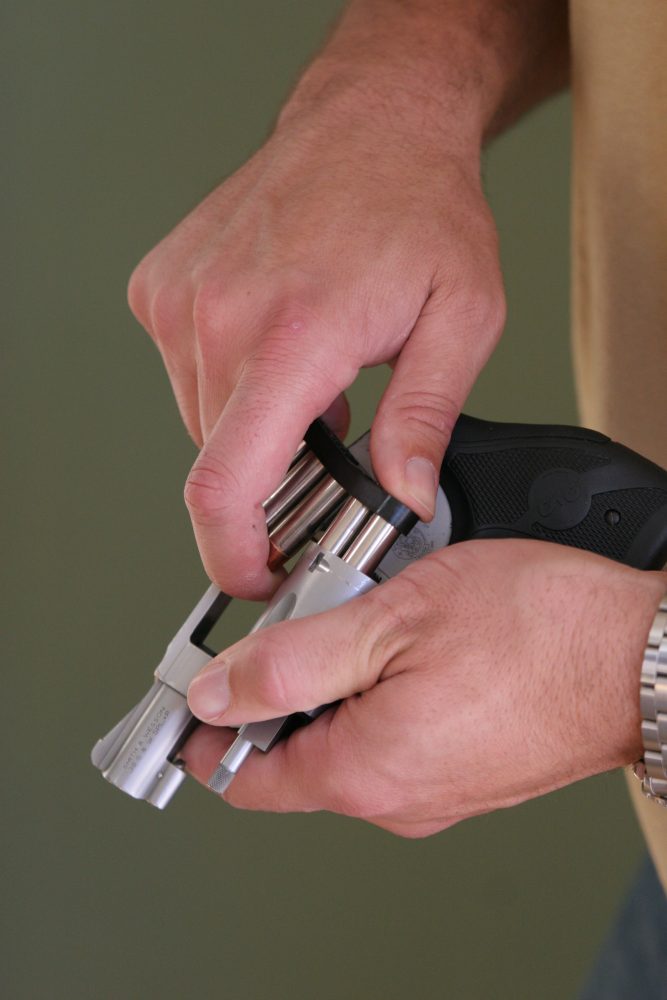
IT WON’T WORK!
I do not expect that launching a Gold Dot or five is going to bring hostilities to a screeching halt and send the brigands in full retreat. I fully expect that the introduction of the J will only 1) allow me to break contact and extricate myself from a mess I didn’t see coming and avoid, or 2) soften the threat, who must then be violently dealt with using any and all means. I fully anticipate having to immediately transition to strikes or weapons of opportunity once the fight is joined. Have single round-nosed lead .38 bullets ended fights? You bet. But many more gunfights (even with the latest major caliber bullets launched from the greatest of high capacity pistols) turn into nasty groundfights.
Having a pistol does not mean that the fight gets to be a duel, only that it may start that way. I do not intend to have a pregnant pause after my payload is delivered—I train to either be making tracks or closing with and destroying the threat as the situation warrants. This means incorporating a great deal of aggression into the response and having a passable capability to attack, whether that means ramming the 1 7/8-inch barrel into an eye socket or hammer fisting the throat.
It may get dirty, but mentally I accept that. A good many pistoleros maintain a mental image that the pistol will conduct all hostilities by proxy at a comfortable seven to ten yards and are not mentally prepared for the possibility that it won’t work. Which leads to…
I PROBABLY WON’T GET TO RELOAD
The fight likely began with me on the wrong side of the reaction cycle, so reloading smoothly in the midst of the active violence is not to be expected. The stats just don’t support it. Sure, I train at it. Even using strong and support hand only. But I imagine that the chances to reload in the situations where I would be shooting in the first place are slim.
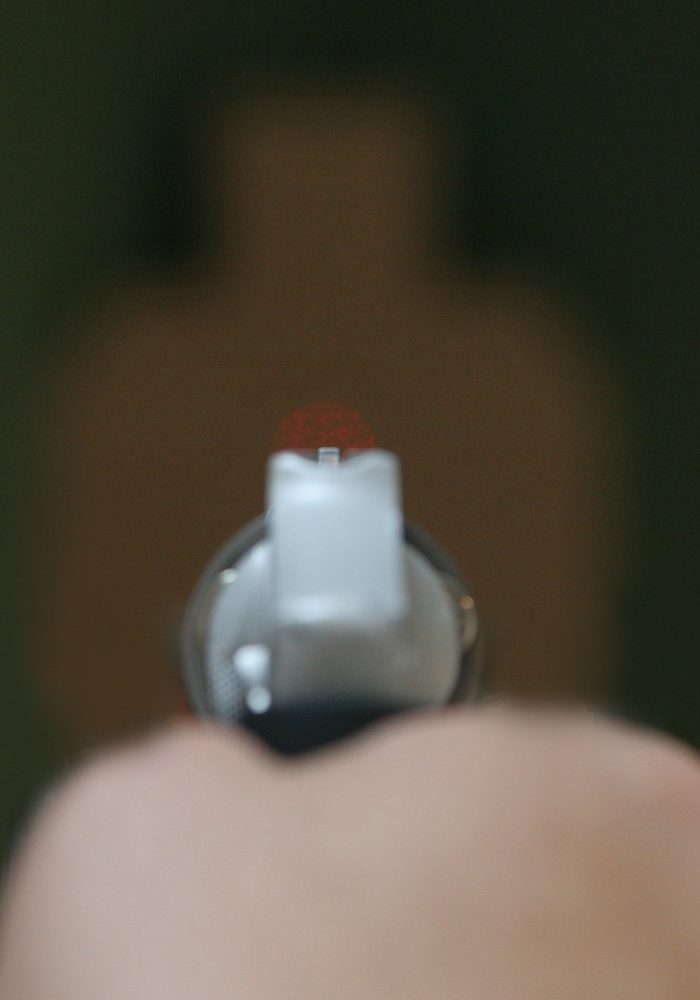
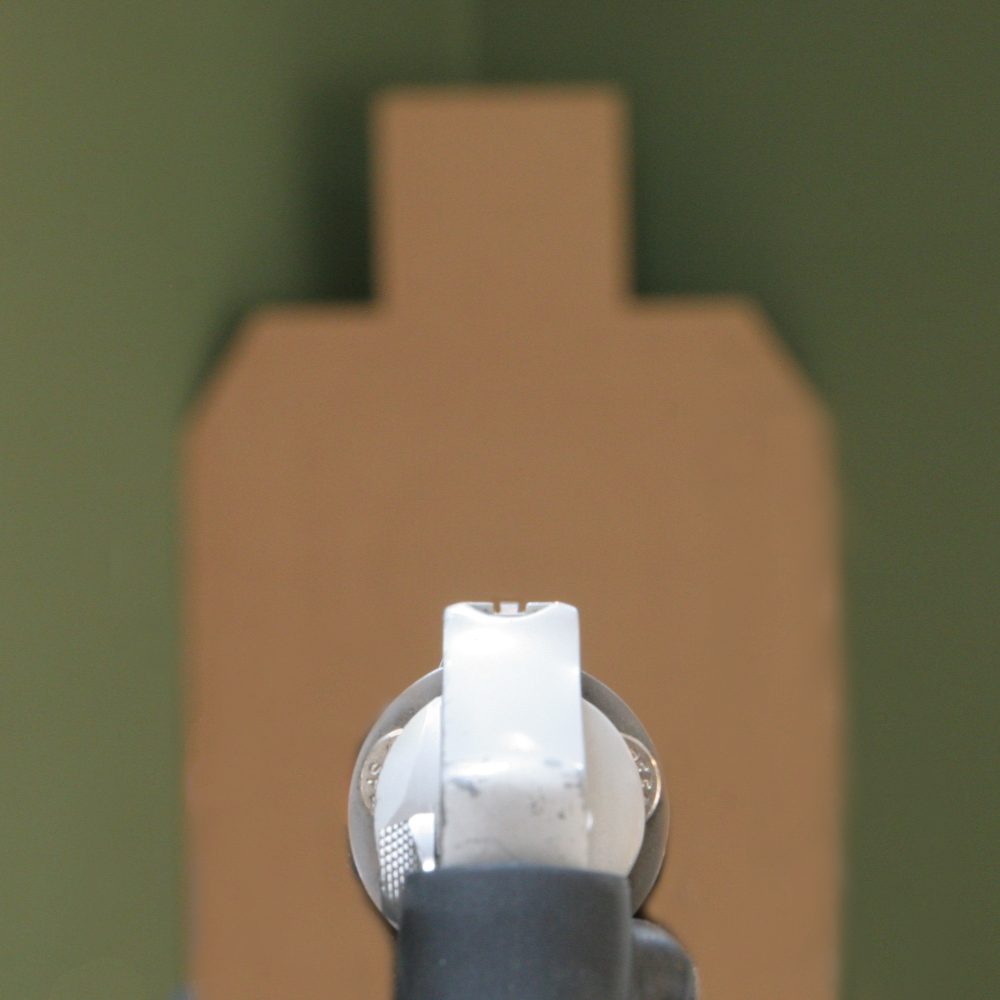
The Bianchi “Speed” strips I carry—while flat and easy to carry—are anything but speedy, requiring the alignment and stripping off of two rounds/cylinder holes at a time. This is why many J Frame aficionados train to only reload with four rounds, figuring that it is more efficient to be back in the fight with four on tap, than to extend the out of battery time by 33 percent to gain one round. However, even were I carrying an auto, the chances of executing that 1.5-second emergency reload in a real fight just don’t match up to the time/space evaluations of many personal defense environments. I mentally intend to get the job done with what’s in the weapon or go to plan B or C. And since I only have five pills…
MAKE EVERY SHOT COUNT
Wide employment of high-capacity pistols with respectable power has led some to accept weak accuracy and wasteful tactics. The capacity limitations and marginal energy inherent to the J Frame demand that I shoot well. To do this I must train to know exactly what I can and can’t accomplish with the weapon. For me, that equals about 25 yards before hits get into the “get closer or E&E” mode.
The addition of Crimson Trace Lasergrips to the Airweight is nearly mandatory, increasing recoil control, adding useful training value in mastering the double-action trigger in dry fire, and adding confidence to shot placement in situations where the marginal sights are difficult to acquire.
The adage that a snubbie is an expert’s weapon means that considerable training effort must be applied for it to be useful. The limited energy means I must train to quickly deliver up to the entire cylinder to the best target areas of a single threat or quickly divide the shots to the very best soft spots available on multiples. The limited capacity encourages me very strongly to avoid multiple threat scenarios, which leads to where this discussion began.
I feel that the J Frame mentality has better prepared me to protect those who depend on me. A frank and honest evaluation of your personal mission role, environment and available weapons may lead to a similar change in mentality and guide appropriate changes in training and behavior.
SOURCES:
Smith & Wesson
Dept. S.W.A.T.
2100 Roosevelt Avenue
Springfield, MA 01104
(800) 331-0852
www.smith-wesson.com
Bianchi International
Dept. S.W.A.T.
P.O. Box 9015
Temecula, CA 92589-9015
(951) 676-5621
www.bianchi-intl.com
Crimson Trace Corporation
Dept. S.W.A.T.
9780 SW Freeman Drive
Wilsonville, OR 97070
(800) 442-2406
www.crimsontrace.com
